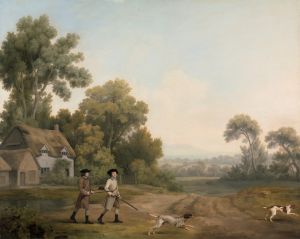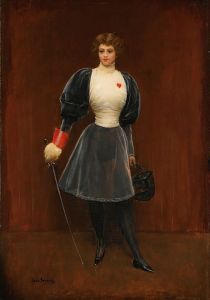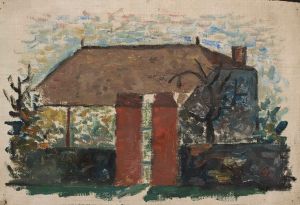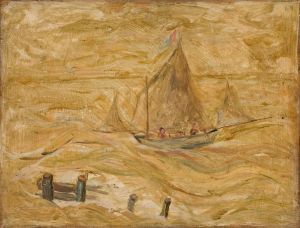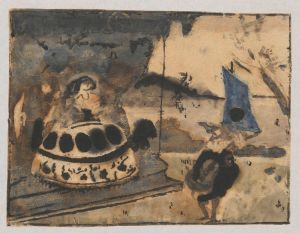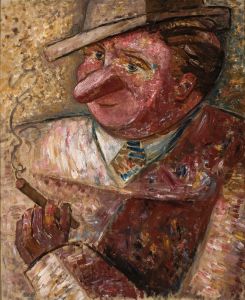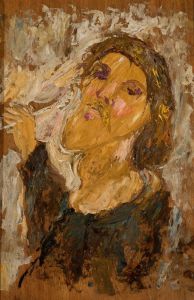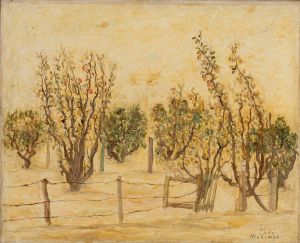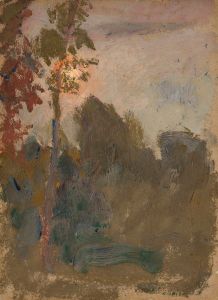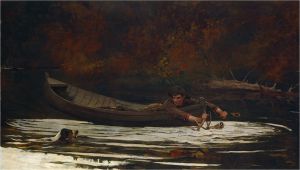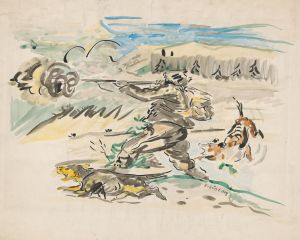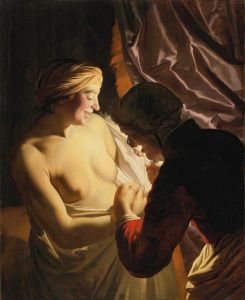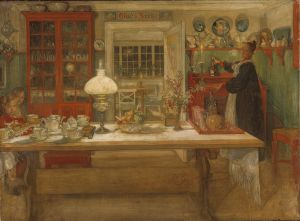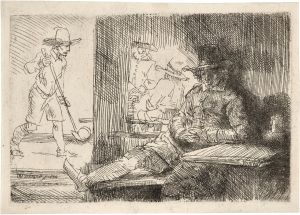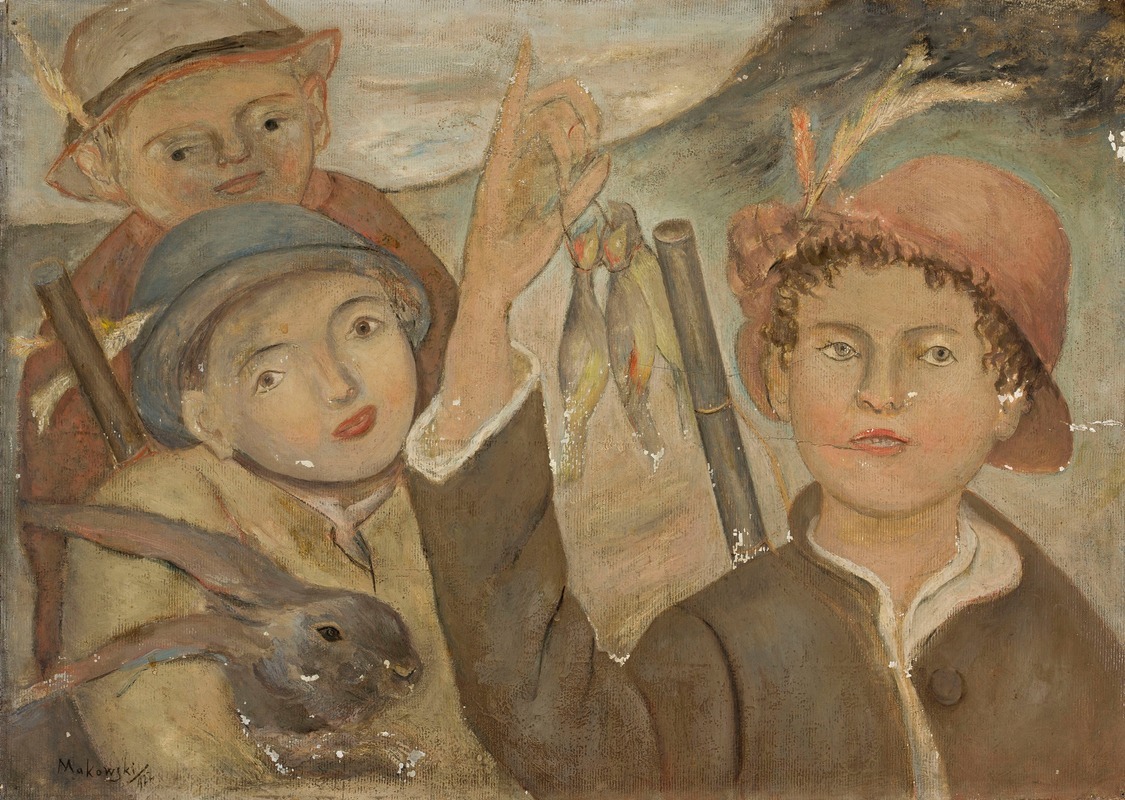
Hunting game
A hand-painted replica of Tadeusz Makowski’s masterpiece Hunting game, meticulously crafted by professional artists to capture the true essence of the original. Each piece is created with museum-quality canvas and rare mineral pigments, carefully painted by experienced artists with delicate brushstrokes and rich, layered colors to perfectly recreate the texture of the original artwork. Unlike machine-printed reproductions, this hand-painted version brings the painting to life, infused with the artist’s emotions and skill in every stroke. Whether for personal collection or home decoration, it instantly elevates the artistic atmosphere of any space.
Tadeusz Makowski was a Polish painter known for his unique style that combined elements of folk art with modernist influences. Born on January 29, 1882, in Oświęcim, Poland, Makowski initially studied classical philology at the Jagiellonian University in Kraków before pursuing his passion for art at the Academy of Fine Arts in Kraków. He studied under prominent artists such as Józef Mehoffer and Jan Stanisławski, which helped shape his early artistic development.
Makowski moved to Paris in 1908, where he became part of the vibrant artistic community. Influenced by the works of Paul Cézanne and the Cubist movement, Makowski began to develop his distinctive style. His works often featured simplified forms and a muted color palette, reflecting both the influence of modernist trends and his own personal vision.
"Hunting Game" is one of Makowski's notable paintings, although specific details about the painting, such as its creation date or current location, are not widely documented. The painting exemplifies Makowski's characteristic style, which often included depictions of children, animals, and scenes from everyday life, rendered in a manner that evokes a sense of innocence and simplicity.
Makowski's work is often characterized by its whimsical and childlike qualities, with figures that appear almost puppet-like or doll-like. This approach is evident in "Hunting Game," where the figures are stylized and the composition is imbued with a sense of playfulness. The painting likely reflects Makowski's interest in capturing the essence of childhood and the simple joys of life, themes that recur throughout his body of work.
Throughout his career, Makowski remained somewhat on the periphery of the mainstream art movements of his time. Despite this, he gained recognition for his unique approach and his ability to convey deep emotion and narrative through seemingly simple compositions. His works are now considered an important part of Polish modern art, and they continue to be studied and appreciated for their innovative qualities.
Makowski spent the majority of his life in France, where he continued to paint until his death on November 1, 1932, in Paris. His legacy is preserved through his contributions to modern art and his ability to blend elements of Polish folk traditions with contemporary artistic movements. While specific information about "Hunting Game" may be limited, the painting remains a testament to Makowski's skill and his distinctive artistic vision.





